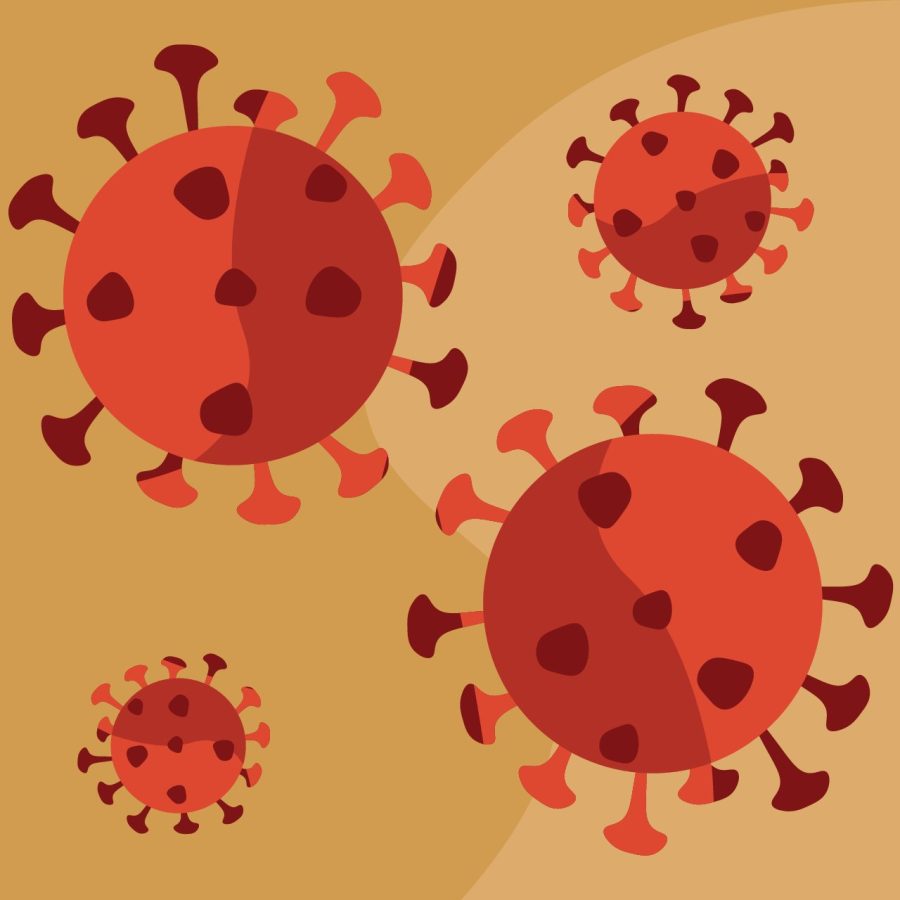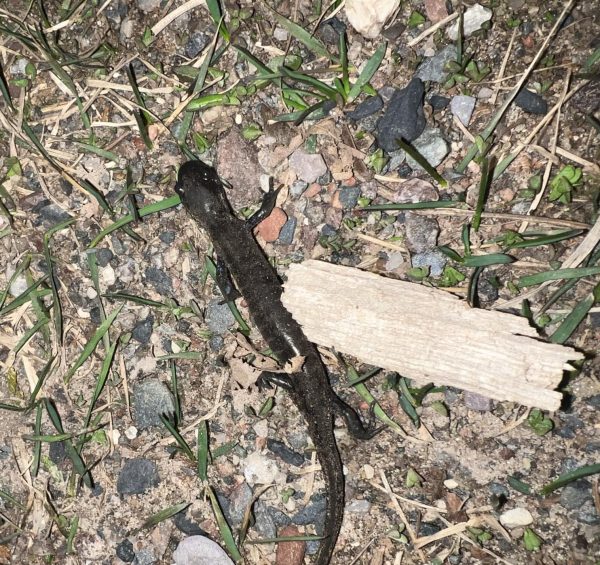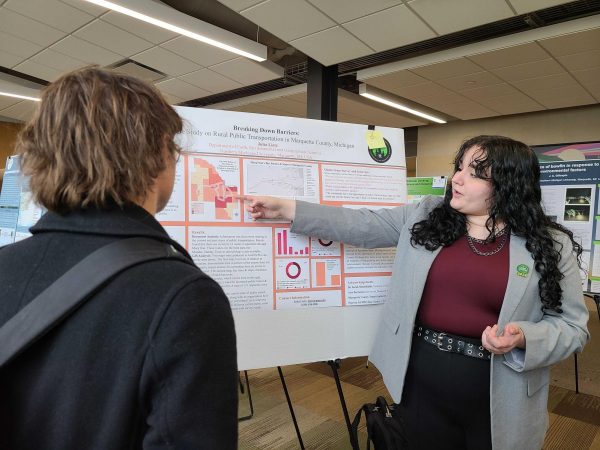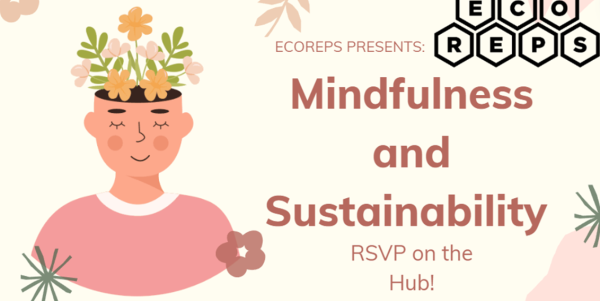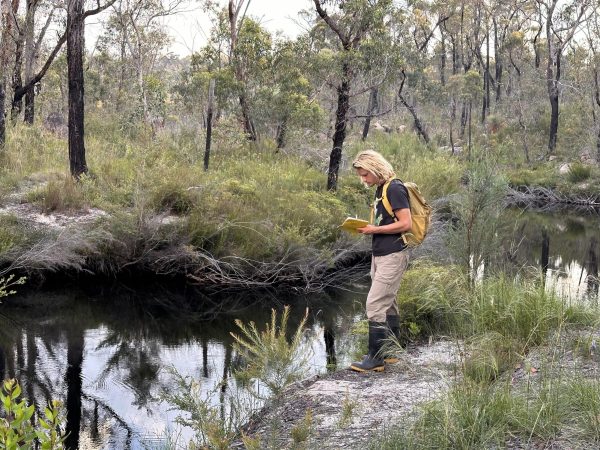COVID questions
What can we expect COVID to look like in 20 years, how effective is infection immunity and how likely is a future pandemic?
February 26, 2022
After over two years of working, socializing and living during the COVID-19 pandemic, it sometimes feels like wearing a mask and social distancing will be a permanent fixture in our lives.
While this view of COVID-19 is slightly dramatic, it is true that COVID-19 will never really go away.
According to associate professor of biology Josh Sharp, we can expect COVID-19 to never fully go extinct but instead become less life threatening.
“It may become something like the flu. Every year we might have to get a combination flu and COVID vaccine,” Sharp said. “I think we’re just going to have to deal with COVID being endemic in the human population.”
Pandemics rarely disappear completely. In fact, some pathogens that caused historical pandemics such as the 1918 Spanish Flu, HIV and malaria are still around today. These illnesses are considered endemic, or commonly found in specific areas, and can still cause life threatening conditions. However there is more research done on endemic viruses, such as with influenza, so that vaccines and other forms of treatment can be developed.
While ongoing research might come up with more ways to lower COVID-19 mortality rates, the virus itself is constantly going through mutations that can change how infectious and severe the reaction to the virus is.
For example, the most recent Omicron variant was considered more infectious than previous COVID-19 variants but seemed to cause less severe reactions.
“As the virus infects people and it replicates, these viruses mutate and that’s just part of their biology,” Sharp said. “Every time these viruses pass from person to person, and they have an opportunity to replicate, they’re going to potentially generate new offspring that are either equally, more or less successful at replicating than their parents.”
Successful virus mutations can cause new variants that are difficult to predict. There may be new variants of COVID-19 that trigger new outbreaks in the future.
“There could still be some new variants that may crop up that might be more virulent,” Sharp said. “The good news though is that because Omicron was so infectious, a lot of people did get infected and also a lot of people are getting the vaccine, so there should be a lot of people that have immunity. That could help protect us from potential severe variants that might crop up.”
While getting COVID-19 does generate some immunity, Sharp advises against relying on a previous infection for future immunity. Being infected with COVID-19 and getting vaccinated are not the same thing.
“If you get infected with the virus, the virus has, as part of its biology, ways to suppress your immune system,” Sharp said. “Yes, you will generate antibodies so that you can defeat the virus and survive, but some of those factors that the virus has may have effects that diminish the ability to have long-lasting immunity.”
Sharp recommends that getting vaccinated, wearing a KN95 mask and consistently washing your hands as the best ways to prevent the further spread of COVID-19 and avoid having a potentially severe reaction to it.
We are not yet at the point where COVID-19 can be considered endemic in certain areas as opposed to a pandemic. While numbers in Marquette are generally decreasing, mass travel during spring break is likely to create a small spike in positive COVID-19 cases.
Our ability to travel long distances in a fairly short amount of time is why COVID-19 became a pandemic so quickly and has remained one for so long. This interconnectedness makes the likelihood of a future pandemic higher as well.
“As was evident with COVID, people can get infected and be transported all over the world and seed infections in other countries pretty rapidly,” Sharp said. “One worry with the potential to increase pandemics is that the speed at which the human population is interconnected is pretty high.”
Another human activity that increases the potential for a future pandemic is our tendency to encroach into new environments and habitats. As the human population expands and covers more areas, we start to come into contact with previously undisturbed areas, animals and viruses. These interactions can lead to new generations of viruses that can jump from animals to humans and quickly spread around the world.
Global interconnectedness and closer contact with animals and viruses are big factors when it comes to pandemics and other global health issues, but wealth inequality is also important to consider according to Sharp.
“Not having access to good nutrition and medical care make people more vulnerable to infections, and could potentially spread pathogens that could lead to pandemics,” Sharp said. “We have to consider the rise of very disparate income gaps when we think about infectious disease as well, especially in developing countries.”





















